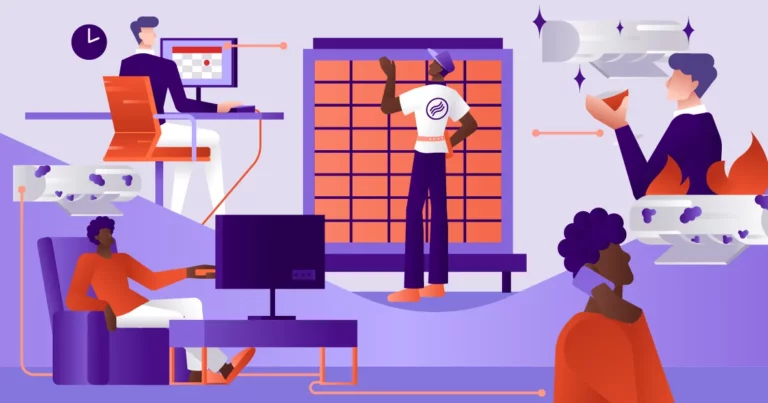The Changing Nature of Work-Life Balance: Is the 9 to 5 Job Dying?
It’s important to note that work-life balance has always been tied to the traditional setting of 9 to 5 work. Now, with technology evolving, employee expectations changing, and global events forcing new trends in work culture, the ancient mold of fixed work hours is made to be broken. An increasing number of individuals and businesses are adopting flexible working arrangements that emphasize productivity and wellbeing rather than exacting regimes.
The Shift Towards Flexibility
The proliferation of remote work, freelancing, and hybrid work arrangements has granted employees more control over their schedules. Instead of being restrained to an office for eight hours a day, employees now have the opportunity to shift their hours around to accommodate personal needs and times when they’re most productive. This has resulted in better well-being and job satisfaction.
Even sectors that have long embraced traditional work hours, including finance and entertainment, are adapting. For instance, in the case of NBA Odds, analysts, bettors, and sports aficionados need real-time data to stay ahead of the game, and since they process information on a deadline and the games come late at night, the normal working hours do not apply here. These are only some of the adjustments made for sports analysis and betting businesses to adapt, with constant data updates and fast-paced decision-making call for the reconfigurations of personnel and working conditions.
Advantages of a Departure from the 9-to-5 Convention
Better Work-Life Balance – The schedules are flexible so all work is done around the personal lives of the employees and not the other way around.
- Greater Output – Data indicates that when employees are left to their devices in managing their time. they are often far more productive.
- Less Stress from Commuting — Remote and flexible work arrangements remove the grind of long, draining commutes.
- Larger Talent Pool for Employers – Organizations can hire the best talent anywhere in the world and not be limited to local candidates.
Difficulties of a Flexible Work Environment
The benefits notwithstanding, there are barriers to a move away from traditional work arrangements:
- Work and Personal Life Commingling – Lack of boundaries makes it difficult for employees to disconnect.
- Working Together Challenges – Connecting and collaborating as a team can be more difficult through remote work.
- Accountability Concerns – Employers might be concerned about employee productivity when they don’t have direct oversight.
- Job Security – Stigma – Several employees worry that remote gigs or flexible roles might not be as secure as on-site work.
Is The 9-To-5 Model Actually Dead?
This readership from most sectors has been extended towards transformation as the most prevalent work model almost everywhere. Industries are learning to embrace change with new working patterns — hybrid, compressed workweeks, fully remote. At the same time, certain professions still need a fixed working hours, putting the 9-to-5 pattern here to stay.
This transformation can be seen in the world of NBA Odds. And analysts, sportsbooks, and fans must adjust their schedules to account for game times, breaking news, and data analysis, showing how contemporary working arrangements are evolving to meet what the industry requires.
Wrapping Up
The future of work isn’t bound to a strict 9-to-5 construct anymore. With changing technology, workforce expectations, and industry demands, work-life balance needs a shift as well. If traditional schedules were adequate for certain professions, the demand for flexibility is becoming increasingly inevitable. From tech to finance to the constantly changing land of NBA Odds, being adaptable is crucial to attaining both professional success and personal happiness.







